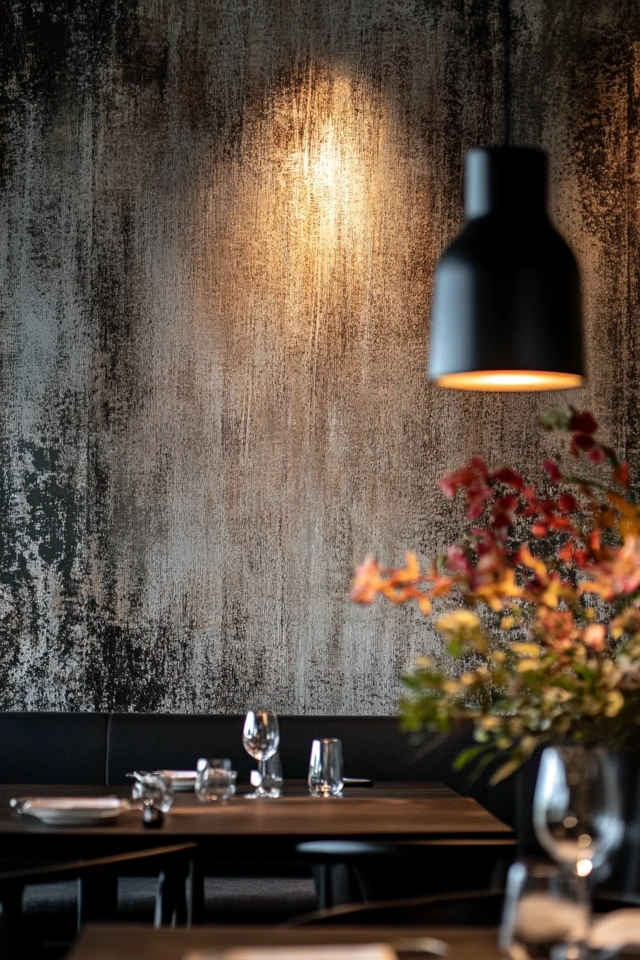Lighting is one of the most powerful elements in interior design, yet it’s often overlooked. It has the ability to transform a room’s mood, highlight design features, and create a cozy, inviting atmosphere. I learned this the hard way when, early in my career, I designed a stunning living room only to realize it felt cold and unwelcoming under harsh, overhead lighting. It wasn’t until we added layers of soft, ambient light—think table lamps, wall sconces, and dimmable bulbs—that the space finally came to life.
Lighting is much more than functionality; it’s an art form that ties your design together. It can emphasize textures, enhance your chosen color palette, and even influence how you feel in a space. Whether you want a bright, airy vibe or a cozy, intimate retreat, the right lighting choices can make or break your aesthetic room.
In this guide, we’ll dive deep into the role of lighting in setting the mood for an aesthetic room. From understanding different types of lighting to creating layered effects, this is your roadmap to mastering the art of light.
1. Understanding the Basics of Lighting
Why Lighting Matters
Lighting isn’t just about illuminating a space—it’s about enhancing the atmosphere and functionality. Good lighting can make a small room feel bigger, highlight architectural details, and even elevate your decor choices.
The Three Types of Lighting
- Ambient Lighting: The general lighting in a room, usually from ceiling fixtures or recessed lights. It sets the foundation for your space.
- Task Lighting: Focused lighting for specific activities, like reading, cooking, or working. Examples include desk lamps, under-cabinet lighting, and adjustable floor lamps.
- Accent Lighting: Decorative lighting that highlights features like artwork, textured walls, or shelving. Examples include wall sconces, LED strips, or spotlights.
By layering these three types of lighting, you can create a dynamic and balanced environment. I once transformed a dull bedroom by combining a soft-glow overhead light with bedside lamps for reading and an LED strip behind the headboard for accent. The result? A perfectly lit retreat that felt both functional and luxurious.
2. Choosing the Right Light Bulbs
How Bulbs Impact Mood
The type of bulb you choose can dramatically affect the mood of your space.
- Warm White (2700K–3000K): Creates a cozy, inviting atmosphere. Perfect for bedrooms and living rooms.
- Cool White (3500K–4100K): A neutral light that works well in kitchens and bathrooms.
- Daylight (5000K–6500K): Bright and energizing, ideal for task-heavy spaces like offices or studios.
When designing an aesthetic room, I almost always recommend warm white bulbs for their ability to create a soft, calming glow. In a recent project, swapping out cool-toned bulbs for warm ones completely changed the feel of a client’s living room—it went from sterile to snug in seconds.
3. Layering Lighting for Depth and Mood
The Power of Layers
One of the most important principles of lighting design is layering. By combining different light sources at various heights and intensities, you can add depth, dimension, and ambiance to your room.
How to Layer Lighting
- Ceiling Fixtures: Use a chandelier or flush mount as your ambient light source.
- Table Lamps: Add these for task lighting or to create cozy corners.
- Floor Lamps: Perfect for filling dark corners or complementing seating areas.
- Accent Lighting: Use LED strips, picture lights, or fairy lights to highlight decor or architectural features.
For a client’s bohemian-style bedroom, we layered a rattan pendant light with bedside table lamps and string lights draped over a canopy bed. The interplay of these elements created a dreamy, romantic ambiance.
4. Using Lighting to Enhance Your Aesthetic
Tailoring Lighting to Your Style
Lighting should complement and enhance your chosen room aesthetic.
- Modern Minimalist: Go for sleek, clean designs like linear LED fixtures or simple globe pendants.
- Industrial: Use exposed bulbs, metal finishes, and Edison-style lights.
- Bohemian: Opt for warm string lights, rattan pendants, or Moroccan-inspired lanterns.
- Glamorous: Incorporate chandeliers, crystal accents, and reflective surfaces.
In a recent industrial loft project, we used a mix of black metal sconces and Edison bulb string lights to bring warmth and character to the space without compromising its edgy vibe.
5. Creating Cozy Ambiance with Dimmer Switches
Why Dimmers Are a Must
One of the simplest ways to control the mood of your lighting is by installing dimmer switches. They allow you to adjust the intensity of your lighting throughout the day, transitioning from bright and energizing to soft and soothing.
Where to Use Dimmers
- Living Rooms: Create a movie-night glow or bright light for entertaining.
- Bedrooms: Adjust lighting for reading, relaxing, or sleeping.
- Dining Rooms: Set the mood for romantic dinners or lively gatherings.
In my own home, dimmer switches have been a game-changer. I love being able to lower the lights in the evening to create a peaceful, relaxing environment.
6. Incorporating Natural Light
The Role of Daylight
Natural light is one of the most beautiful and energy-efficient ways to light a room. It changes throughout the day, bringing warmth and vibrancy to your space.
Maximizing Natural Light
- Use sheer curtains to diffuse sunlight without blocking it entirely.
- Position mirrors to reflect light into darker corners.
- Keep windows clean and uncluttered to let in as much light as possible.
For a client with a small, north-facing bedroom, we added a large mirror opposite the window and used sheer white curtains. The result was a brighter, more open-feeling space.
7. Fun with Decorative Lighting
Adding Personality
Decorative lighting isn’t just functional—it’s an opportunity to showcase your style and personality.
Ideas for Decorative Lighting
- Neon Signs: Add a playful, modern touch to your walls.
- Fairy Lights: Perfect for draping over beds, shelving, or windows for a whimsical vibe.
- Lanterns: Great for boho or eclectic aesthetics, especially when paired with candles.
In a teen’s bedroom makeover, we used fairy lights and a custom neon sign that read “Dream Big.” It added a fun, personalized element that made the room feel uniquely hers.
Picture Gallery
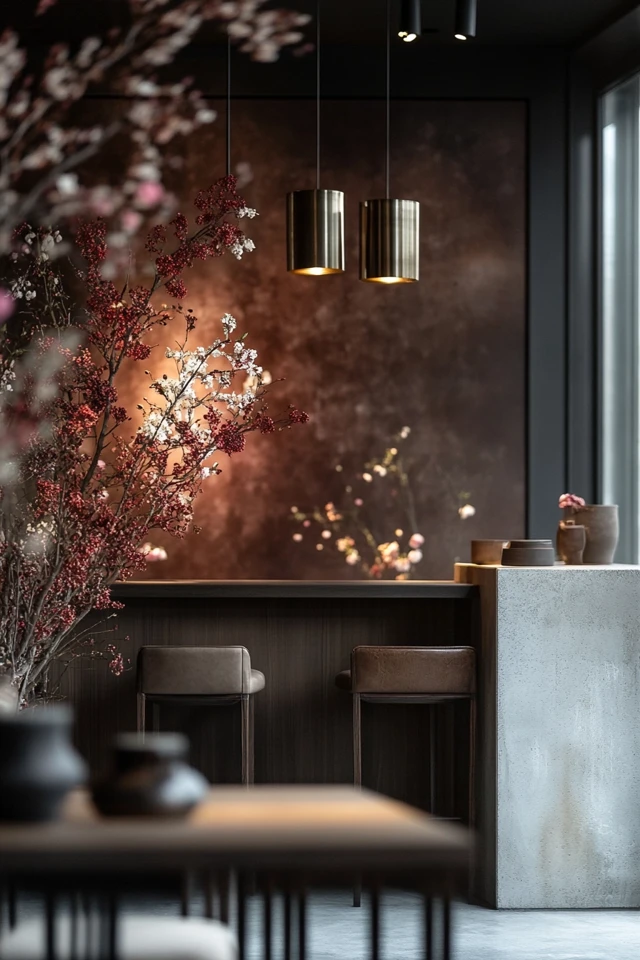
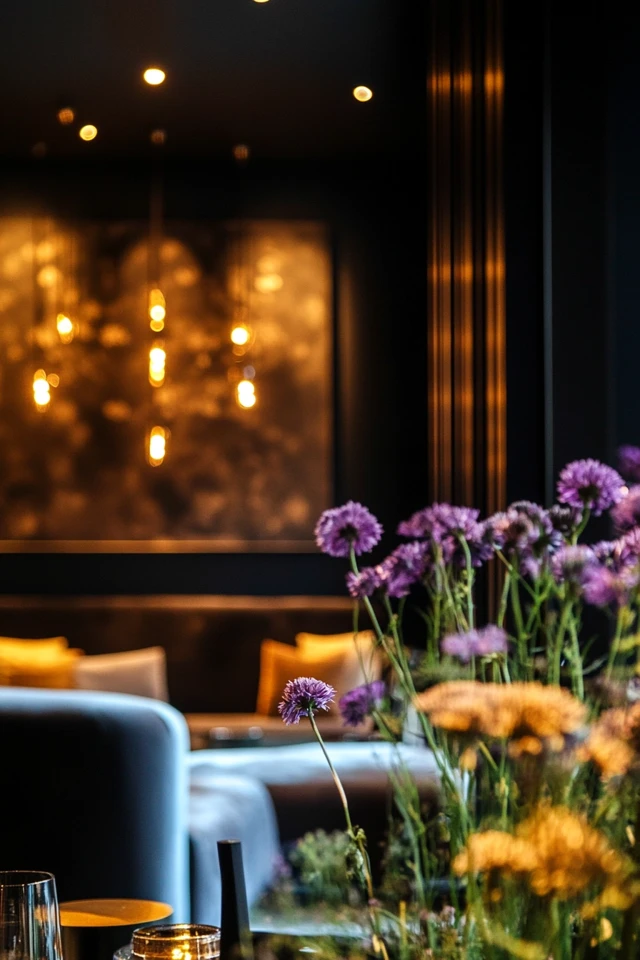

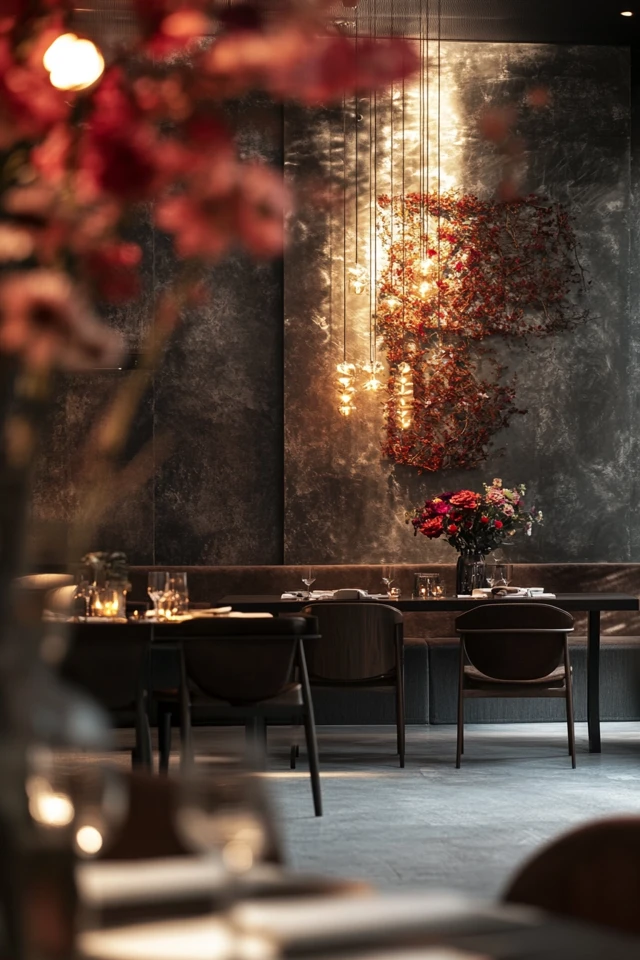
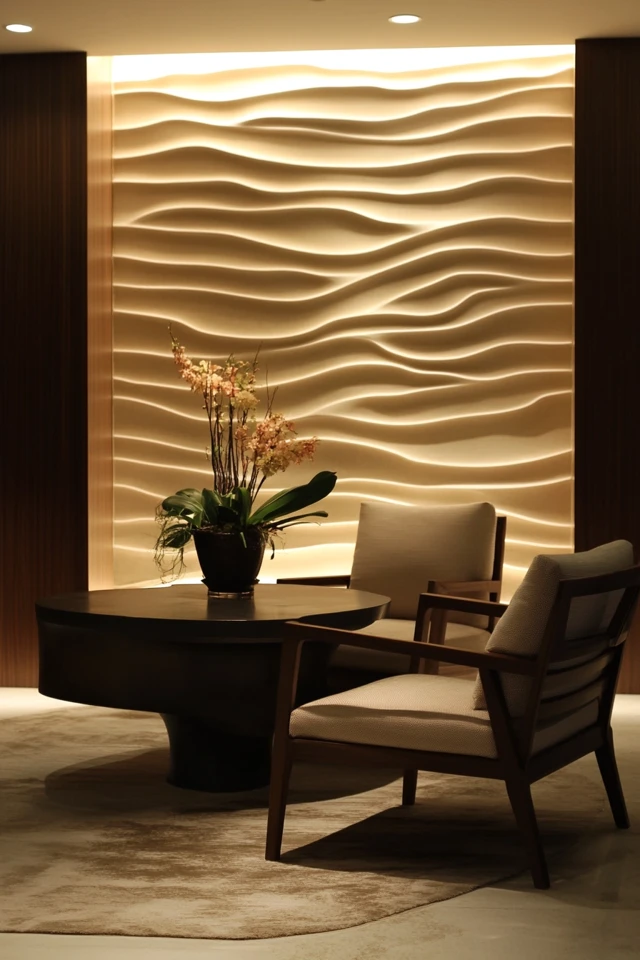

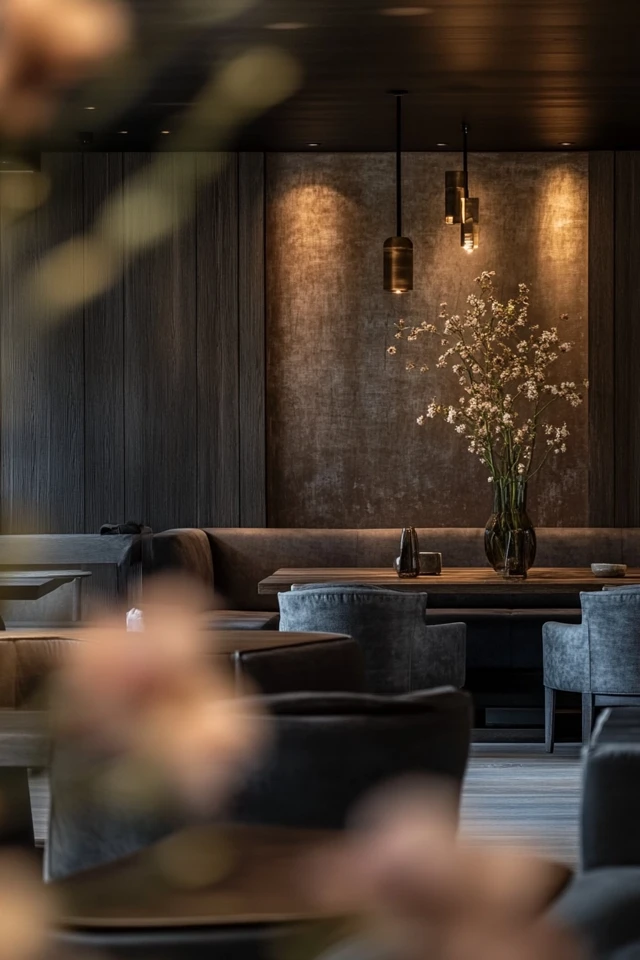
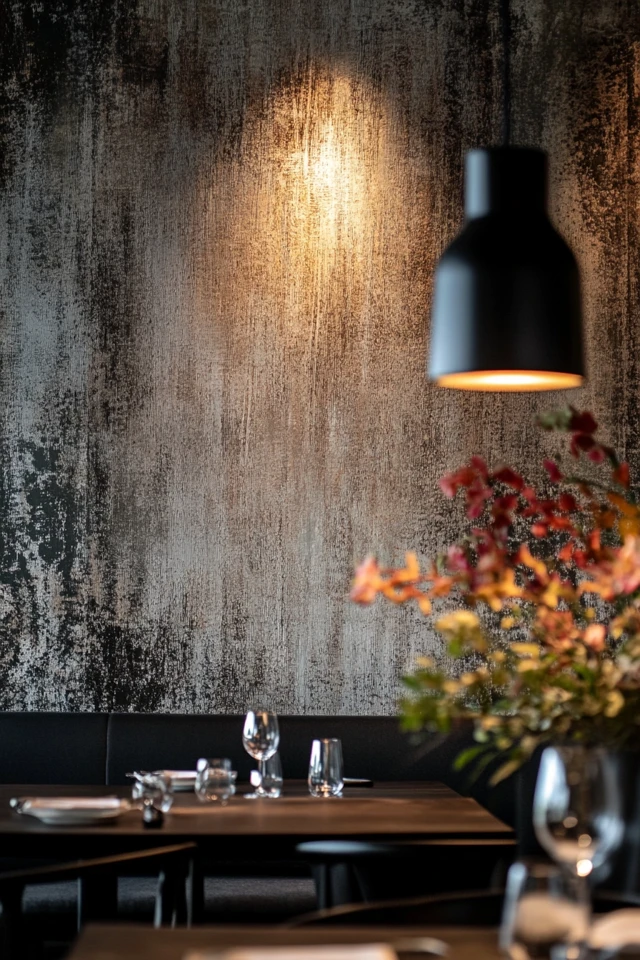
Conclusion
Lighting is the secret ingredient to creating an aesthetic room that feels warm, inviting, and perfectly tailored to your style. From layering different light sources to choosing the right bulbs, every detail plays a role in setting the mood and enhancing the overall design.
Looking back on all the projects I’ve worked on, lighting has always been the element that ties everything together. It has the power to make your furniture feel more luxurious, your colors richer, and your textures more dynamic. Whether you’re installing dimmer switches, playing with decorative lights, or simply swapping out a harsh bulb for a warmer one, these small changes can have a huge impact.
So, take a closer look at your space. How does the lighting make you feel? If it’s not sparking joy or setting the right tone, it’s time to get creative and make some changes. Your dream aesthetic room is just a lightbulb (or two) away.
FAQ
What’s the best type of lighting for a cozy room?
Warm white lighting, dimmer switches, and layered light sources like table lamps and string lights create the coziest ambiance.
How do I choose the right light fixture for my room?
Consider your room’s style and size. For example, a chandelier suits a dining room, while a sleek pendant works well in a modern space.
Can I improve my room’s lighting on a budget?
Yes! Add affordable string lights, swap in warm-toned bulbs, or use mirrors to amplify natural light.
How can lighting make a small room feel bigger?
Use multiple light sources to avoid dark corners, and add mirrors to reflect both natural and artificial light.
What’s the easiest way to layer lighting in a room?
Combine an overhead light for general illumination, table lamps for task lighting, and accent lighting like LED strips for a decorative touch.

